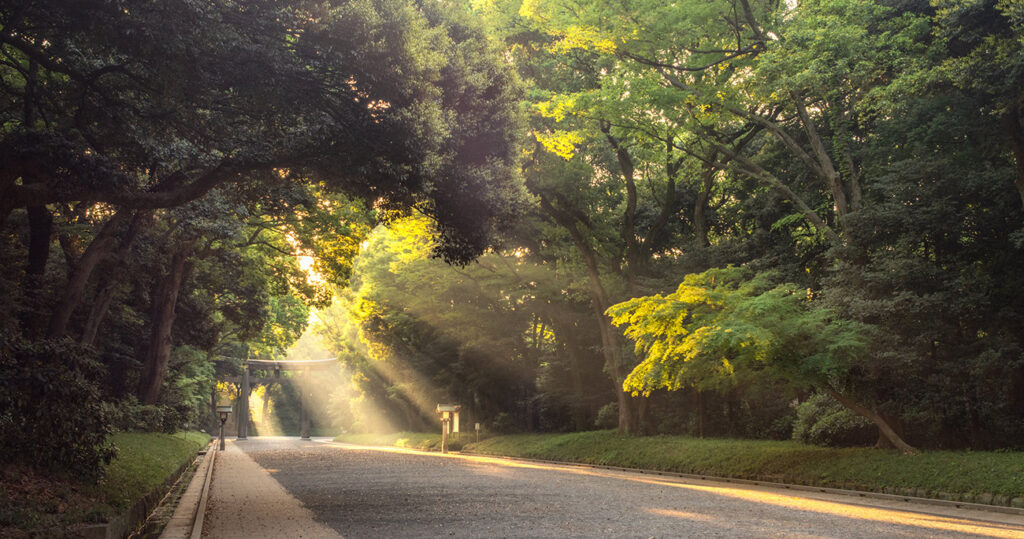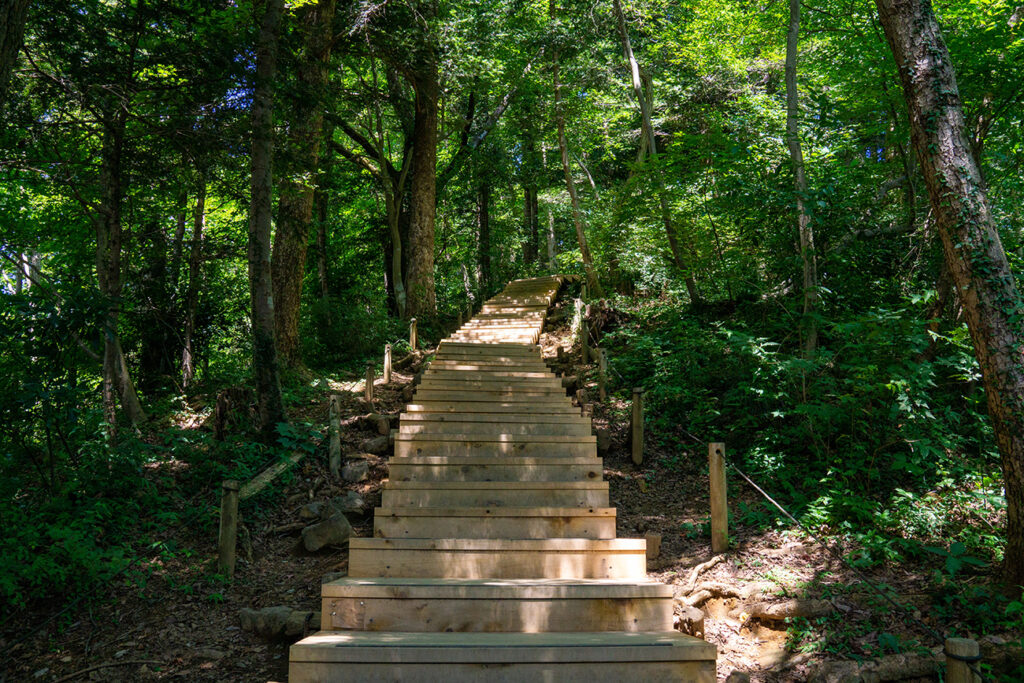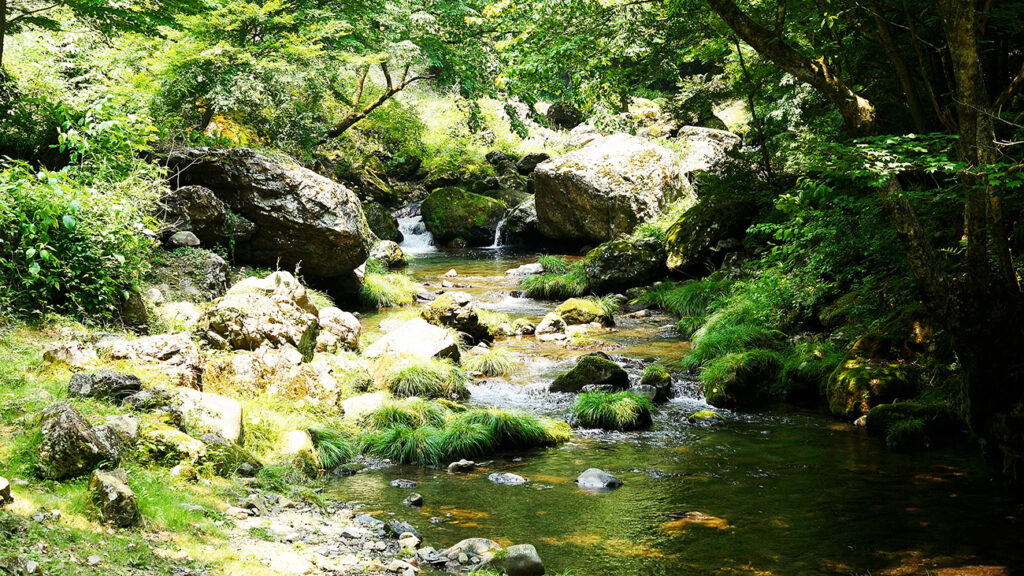
The Season for Shinrin-yoku
There is a practice known as shinrin-yoku (森林浴) or shinryoku in Japan which literally means “forest bath” – a practice of “bathing” in nature with the purpose of receiving therapeutic benefits. It is a combination of a range of activities in an outdoor environment such as horticultural therapy and garden therapy. The practice began in Japan in the 1980’s and was coined by the Japanese Ministry of Agriculture, Forestry and Fisheries. The popularity of shinrin-yoku has since spread around the world.
The practice of shinrin-yoku
The practice of shinrin-yoku simply involves taking as much time as you can out of your busy life, and commune with nature. It can be in any form that is convenient and available to you. Research has shown that across 24 various forests in Japan, spending some time in a forest environment can decrease the concentrations of cortisol, lower blood pressure, pulse rate, sympathetic nerve energy and increase parasympathetic nerve activity. Getting some fresh air and taking in the beauty nature can only be good for you. It’s the best way to relax your body and mind.
The initial purpose of shinrin-yoku was to offer an eco-antidote to tech-boom burnout of employees during the 1980’s and to inspire residents to reconnect with and protect the country’s forests. And during the recent pandemic with COVID where isolation and lockdown became essential, communing with nature seemed one of the best ways to get that sense of calm.
The cultural significance of forest bathing
Shinrin-yoku season can start as early as April or as late as June but almost always, the emergence of new leaves plants growing after the cold winter months symbolize a new beginning and hope for a promising tomorrow. It is said that the fresh greenery signifies growth and vitality and symbolizes the start of a new life cycle. Children’s Day and the start of the rice planting season in May are two events that are perfect for shinrin-yoku. Children’s Day is dedicated to wishing all children health and happiness. Rice for centuries has been a staple crop in Japan and is deeply rooted in Japanese culture. Many Japanese spring festivals are held to pray for a good crop year.
Shinrin-yoku is not just limited to spring or autumn but in all passing seasons. Basking in the wonders of nature could just be the most beautiful and relaxing experience to have.


